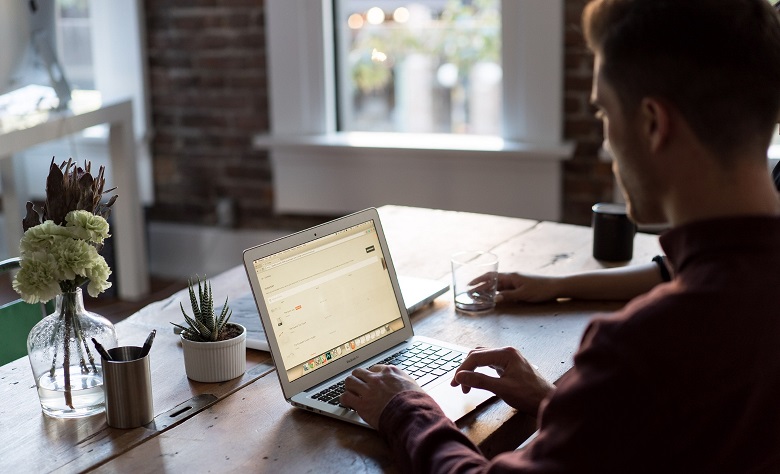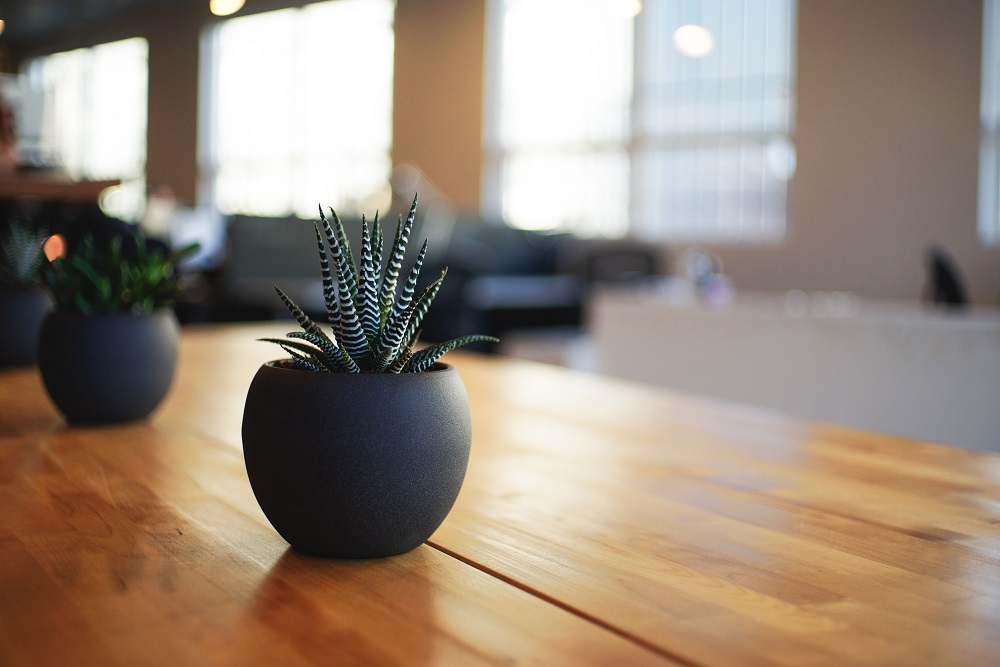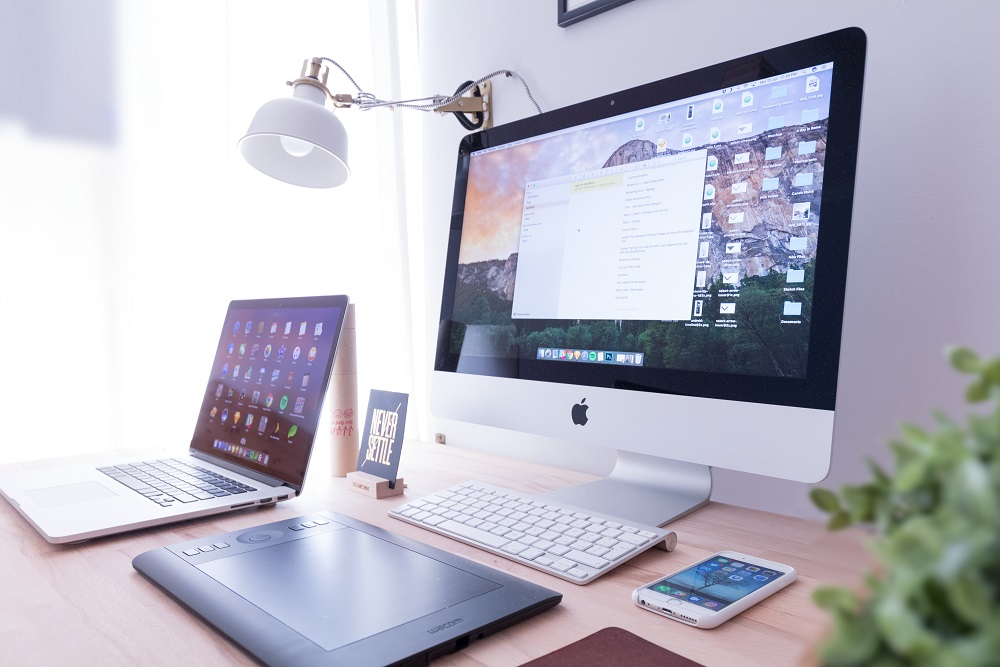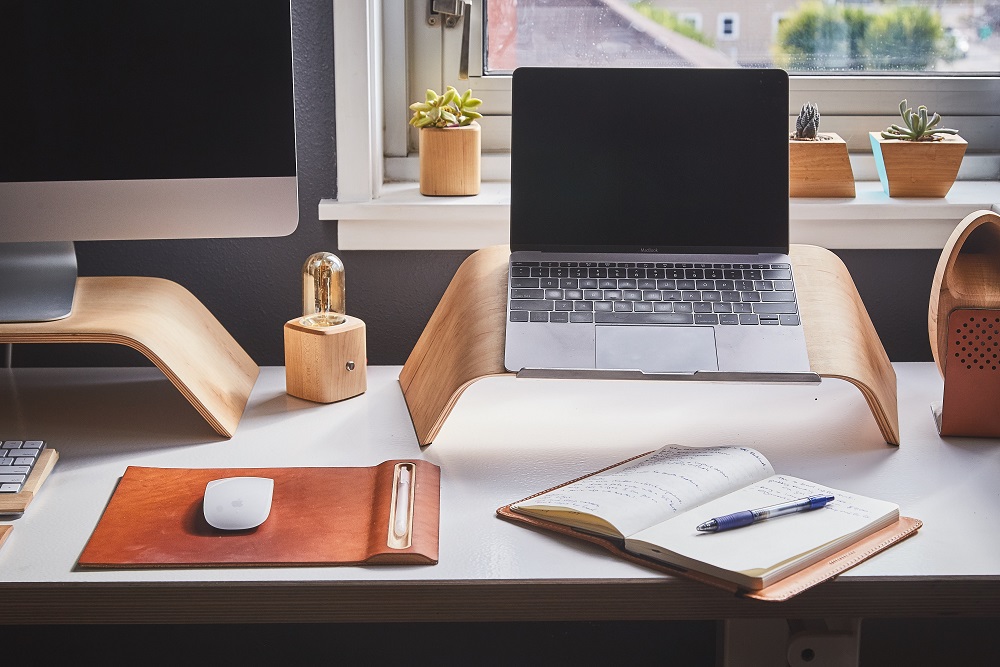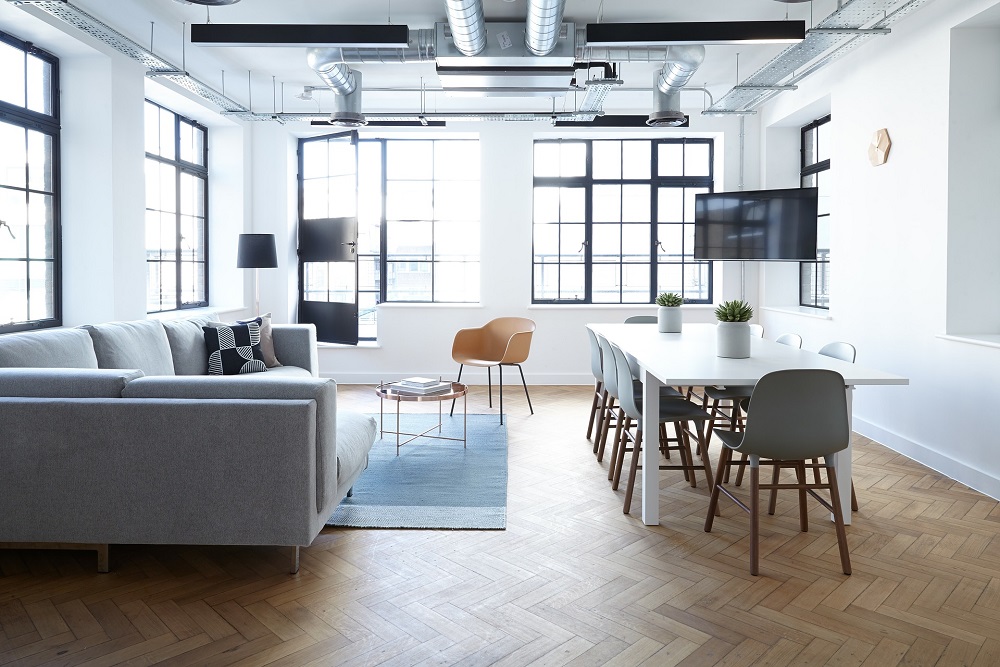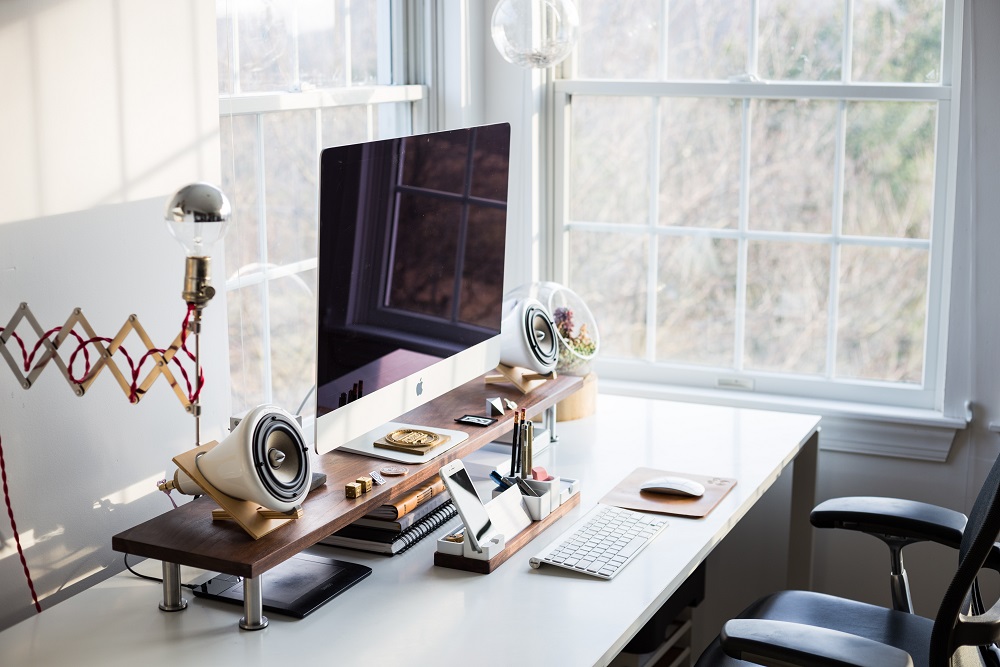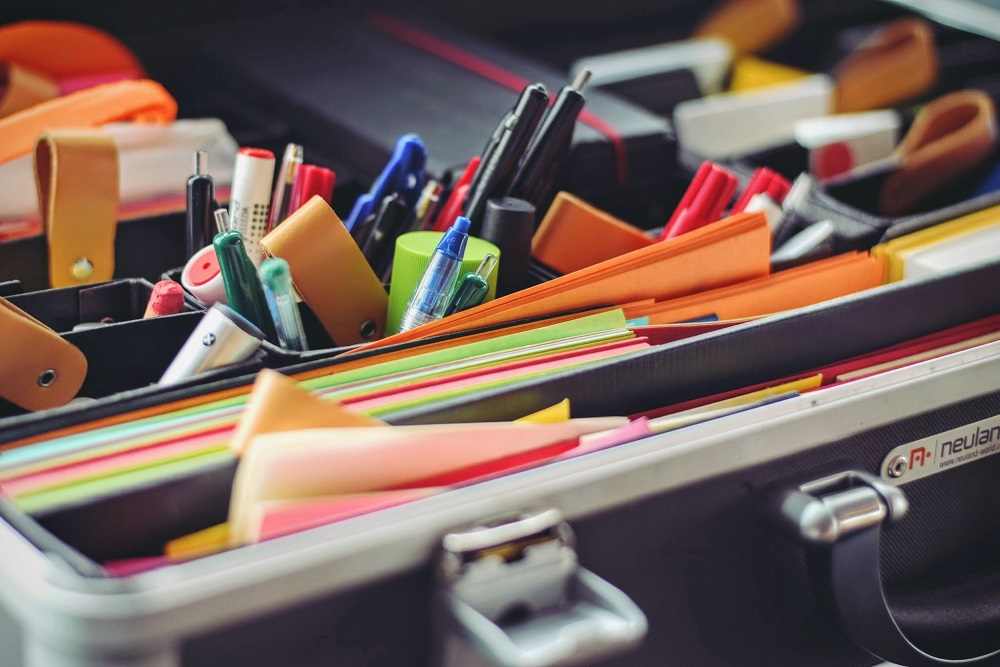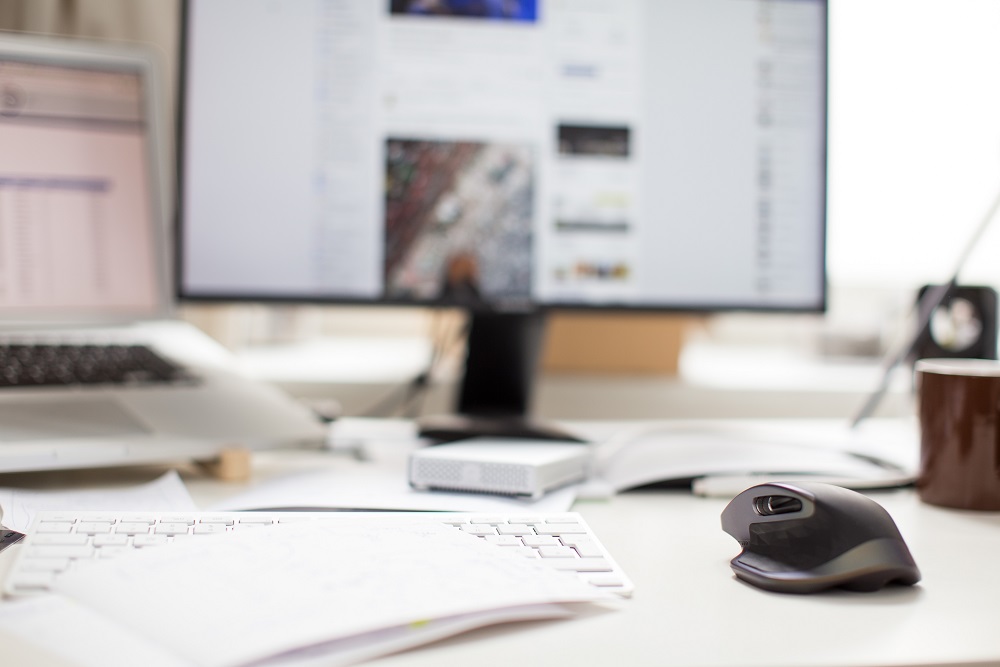Minimalism has taken the world of interior design by storm but there is a good reason for this. Basically, minimalism allows people who live in confined spaces to design their home in a way that will make it appear bigger. Contrary to popular belief, a minimalistic design has nothing to do with frugality or small things, as its name refers to functionality. In other words, people should keep inside the house and the office only the things they actually use. Everything that is deemed as surplus has no place in the overall design.
Decluttering
Apart from the functionality trait, another important aspect of minimalism is the decluttering of living quarters. Everything inside the house, from the cumbersome wardrobe all the way to car keys should have its proper place. Moving things around and displacing them has no room (pun intended) in this type of interior design. Therefore, clutter is the biggest enemy here.
This goes for the office space as well, where minimalism has a more tangible role related to productivity. Yes, a minimalist workspace not only contributes to workers’ satisfaction but has the potential to increase productivity in the long run. The best thing about it is that it is not hard to implement, as you will see from the following paragraphs.
Clearing the walls
Office workers are tempted to place all kinds of data on the walls, like graphs and charts. Others use the office wall as an ideal place to hang a picture of their family or a picture from the last team building event. Although these are all nice things, walls aren’t an appropriate place for them. Once the first piece of paper goes up, many more will follow, creating a chaotic area that will offset everybody in the office. Minimalism prescribes colorful but clear wall surfaces that will not distract the workforce. Any images, both personal and work-related, belong to your desk or on your computer.
Doing away with filing
We are in the 21st century, so it goes without saying that all the files that can be stored on the computer or in a cloud should not have a printed version. Not only are you protecting the environment but you are cutting operational costs by not spending money on office paper. All the files you have are better stored in the digital form that is easily searchable, unlike cumbersome filing cabinets that are an outdated form of storage. In addition, filing cabinets take up a lot of space and involve a lot of work necessary to sort them out alphabetically. Ideally, they should be placed in the basement or in some other space outside the office where they won’t get into the way.
Flooring solutions
We discussed how to approach decorating the walls but an equally important surface floors. They can make or break the design of the office, as their material and possible covering contributes to the overall atmosphere of the office. As you have seen from the example of filing cabinets, you are going to aim for as less furniture as possible inside the office which leaves a lot of bare floors. Whatever type of flooring you decide on, all this empty space will need some covering. Carpets are far too large, while rugs belong to the house, so floor mats are the ideal solution. They are made from rubber and are usually slip-resistant. Furthermore, they improve the décor of the office as they can be personalized. So each colleague can easily order mats online and choose the design he or she prefers.
A clear desk
Apart from the walls and floors, you should also clear your desk of any unnecessary things. A laptop, a phone and perhaps an inbox are all you need. Like we said earlier, decluttering lies at the heart of minimalism. This is especially important in the case of paper files, which can “suffocate” the desk space design-wise. Hence, the inbox which sorts out all the paper neatly and doesn’t make a mess. Once the desk is clear, it becomes easier to clean it and keep the work surface as fastidious as possible.
Redrawing the drawers
The drawers inside your desk are just as important as the top. They provide you with privacy and an ideal storage place for every little thing. That is why just throwing stuff inside them is not advisable. Minimalistic design requires you to neatly arrange all the drawers and know exactly which item, from folders to pens, belongs to which drawers. They should be turned upside down from time to time for cleaning purposes. Opening a drawer early in the morning and observing an orderly setup inside does wonders for worker’s mentality.
Digital minimalism
Finally, your computer counts as a work surface as well and falls within the jurisdiction of minimalist office design, too. When it comes to your desktop, the same rules apply: avoid clutter! No tens of icons and shortcuts plaguing the desktop. Leave only the most important and the most used ones to avoid confusion if one of your colleagues needs to use your computer. You can create hotkeys that will make it easier to open the most frequently used programs. Or you can have a mobile app that you will use after-hours.
Conclusion
An office space entails a large number of people circulating through it each day. However, this galimatias of information does not necessarily have to imply that there should be chaos inside the office. A minimalistic interior design ensures that every piece of furniture inside the office is functional by nature, so it helps the employees become more productive. Only then do productivity and minimalism go hand in hand in the office workspace.

